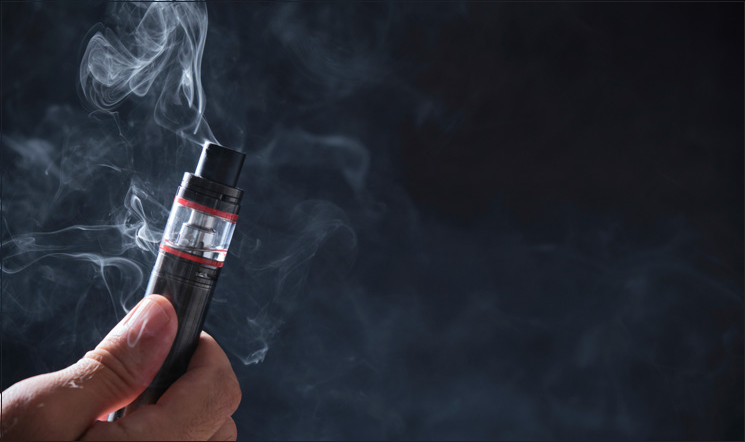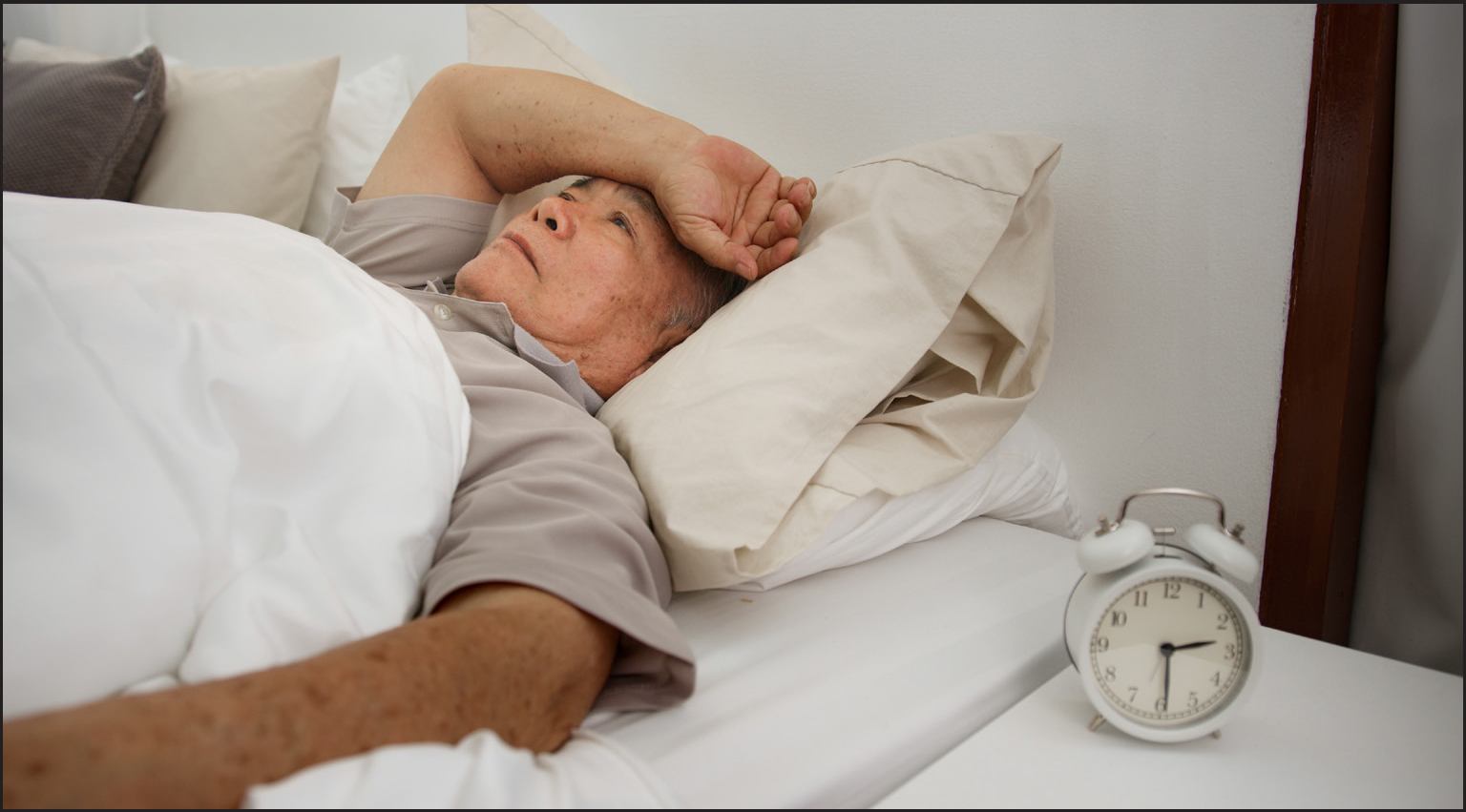Risk of uveitis among people who use e-cigarettes
Electronic cigarettes (e-cigarettes) are devices that produce a heated aerosol from nicotine-containing e-liquid (Figure 1). Sputum samples from people who use e-cigarettes have shown increased concentrations of oxidative stress-related proteins, which have been implicated in the development of uveitis.

To determine the risk of uveitis among e-cigarette users, Hsu et al (2025) used the TriNetX platform, which is a global database containing de-identified data from over 100 million patients. Randomised data were evaluated for the period between September 2019 and December 2023. A total of 419325 e-cigarette users and 419325 comparators were enrolled.
Data from this cohort study showed that e-cigarette use was associated with increased risk of uveitis, iridocyclitis, unspecified chorioretinal inflammation and retinal vasculitis across the duration of the study. There was an increased uveitis risk among e-cigarette users aged 18 years and over, with this increased risk persisting across all follow-up durations up to 4 years. A higher risk of uveitis was observed in those with a history of both e-cigarette and cigarette use, compared with those with a history of cigarette use only.
The authors concluded that healthcare professionals who provide care for patients with a history of e-cigarette use should be aware of the potentially higher risk of new-onset uveitis. However, they also noted that the retrospective nature of their study means that ‘direct causation between e-cigarette use and uveitis cannot be established definitively’.
Seafood intake and neurodevelopmental outcomes in children
Fish and shellfish are the main dietary source of docosahexaenoic acid, a long-chain n-3 polyunsaturated fatty acid. These foods are also a major source of eicosahexaenoic acid. Both acids are crucial for cognitive function and development.
Nel et al's (2025) observational cohort study aimed to investigate the association between seafood intake in children aged 7 years and cognitive and behavioural outcomes at ages 7–9 years. The Avon Longitudinal Study of Parents and Children (ALSPAC) is a large prospective observational study, exploring environmental and genetic factors affecting health and development. The ALSPAC sample comprised 5969 children with complete dietary and IQ data, 8276 children with complete dietary data and Strengths and Difficulties Questionnaire (SDQ) scores at 7 years, and 6819 children with complete dietary data and SDQ scores at 9 years.
Lower seafood intake at age 7 years (0g vs ≥190g per week) increased the adjusted odds of suboptimal prosocial behaviour, as measured by the SDQ, by 35% at 7 years and 43% at 9 years. There was no evidence of any associations with IQ at 8 years.
The researchers stated that, in a population with a fish consumption level that was below national recommendations, ‘our results illustrate the importance of seafood intake in children on behavioural variables, specifically prosocial behaviour’.
Sleep disturbances in older people with distal radius fractures
Distal radius fractures account for around 18% of all fractures among patients over 60 years of age. Musculoskeletal pain has often been associated with decreased sleep in orthopaedic patients. Yet, despite the high incidence of fractures treated by orthopaedic surgeons each year, the rates and causes of sleep disturbances after distal radius fractures are unknown.
Gutiérrez-Espinoza et al (2025) conducted a prospective observational study of 220 patients aged over 60 years with extra-articular distal radius fractures. The main aim of the study was to determine the proportion of patients with sleep disturbances (based on the Pittsburgh Sleep Quality Index) at 2 weeks after cast removal and at 1-year follow up. The study found that, at 2 weeks following cast removal, 166 (75.5%) patients were experiencing sleep disturbances (Figure 2). At 1-year follow up, 85 (38.6%) patients experienced sleep disturbances. At 2 weeks after cast removal, sleep disturbances were associated with injury factors, intensity of pain and painrelated psychological factors. However, at the 1-year follow-up point, sleep disturbances were associated only with painrelated psychological factors.

The authors recommended that orthopaedic surgeons should refer patients with persistent sleep disturbances to mental health specialists if they suspect a psychological cause.
They also suggested that future studies should incorporate clinical management strategies for sleep disturbances in patients with distal radius fractures.
E-scooters and bicycle collisions
The ‘safety in numbers’ hypothesis suggests that the safety of a mode of transport increases with the number of users. Therefore, more cyclists on the roads would lead to fewer collisions involving cyclists.
In this study, Edwards et al (2025) tested the safety in numbers hypothesis in a natural experiment following the introduction of electric scooter (e-scooter) rental schemes in selected English urban areas in 2020, during the COVID-19 pandemic.
The study's main aim was to determine whether local authority districts that introduced e-scooter schemes showed a relative reduction in the risk of bicycle collisions, compared with similar districts without e-scooter schemes. The authors analysed police data on road collisions in local authorities across Great Britain in 2015–2023.
The results showed that e-scooter schemes were associated with in an average relative reduction of 20% in bicycle collisions compared with matched control districts. This supports the hypothesis that the introduction of e-scooters could improve road safety for cyclists. Although the reduction in collisions attenuated slightly over time, it was sustained beyond the COVID-19 pandemic. A reduction in the severity of collisions was also observed.
The authors suggested that the introduction of e-scooters to improve road safety for cyclists could reduce injuries and encourage more active transport, ‘bringing public health benefits from increased physical activity and environmental benefits from reducing car transport’.


